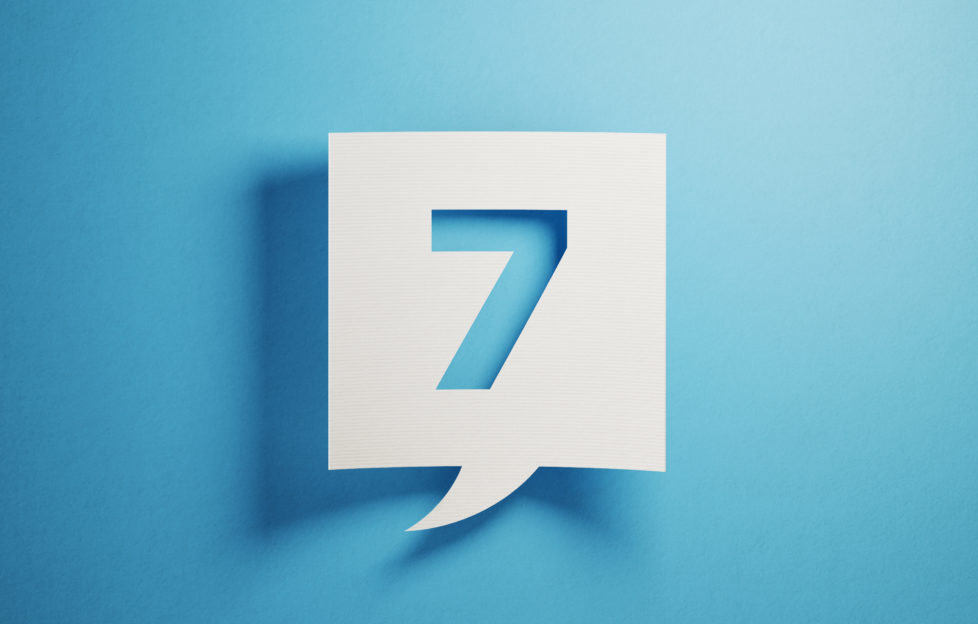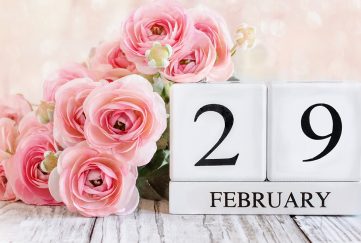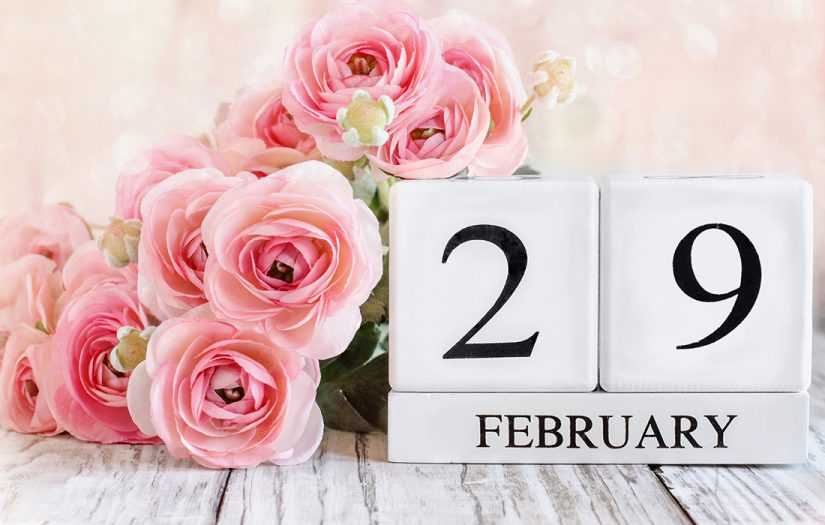The Seven Elements Of A Successful Story

Did you know there are seven basic elements in every successful story?
Our Fiction Editor Lucy shares the elements to use if you are writing a short fiction story…
1. Character
This is so important, because unless your reader feels something for the characters, they won’t care what happens to them, and they won’t read on. Not all your characters will be likeable, not all of them will be like you, some of them may appear fleetingly, others may be seriously flawed. But they’ll all be memorable, credible, realistic, and interesting. Real people, with likes, dislikes, funny little foibles, and habits. Depth of character is important.
2. Plot
Or, what actually happens in the story. A beginning, a middle, and an end, with a realistic storyline. Your characters will help the plot move along naturally with realistic dialogue. Unless there’s a good basic story, it’ll be difficult for the characters to spring to life and the reader won’t want to keep reading.
3. Setting
Where and when the action takes place. It can be a place of residence, such as Hogwarts (Harry Potter), or a town or city, such as Oxford (Inspector Morse). It can be somewhere large and impersonal, like Outer space (Star Wars/Trek), a more intimate setting, such as a kitchen, or even somewhere imaginary, such as Narnia. The setting also includes the season; the climate; the date and time; and the era.
4. Point of View
As Fiction Ed Lucy always says – before going ahead with your story, ask yourself whose story it is that you want to tell, then make sure it’s told from that perspective only. The first person means using ‘I’ and me; the second person, you; and the third person – he or she.
5. Style
Like artists, no two authors express themselves in exactly the same way. The way you tell your story is unique.
6. Theme
So, what is the main storyline about? What is the feature of it that remains in your mind once you stop reading? This underpins everything else that’s going on. There may be more than one theme, or one main theme with other, smaller themes threaded through it.
7. Literary Devices
Called “the writer’s tools”, these include humour, irony, and personification. Also worth a mention are the epigraph; the use of figures of speech such as metaphor, hyperbole, and simile; and tone, the underlying feeling of the book – for example, positive, or reflective. If you plan to use a flashback scene, make sure it’s made very clear that we’ve moved into that mode.
You may also like:
-
How To Use The Five Senses In Writing
-
How To Avoid Writing Clichés
-
How To Write Suspense In Stories
-
How To Write A Cosy Crime Story
-
How To Plot Your Short Story
-
How To Write Emotive Stories
-
How To Find Inspiration To Write Your Story










